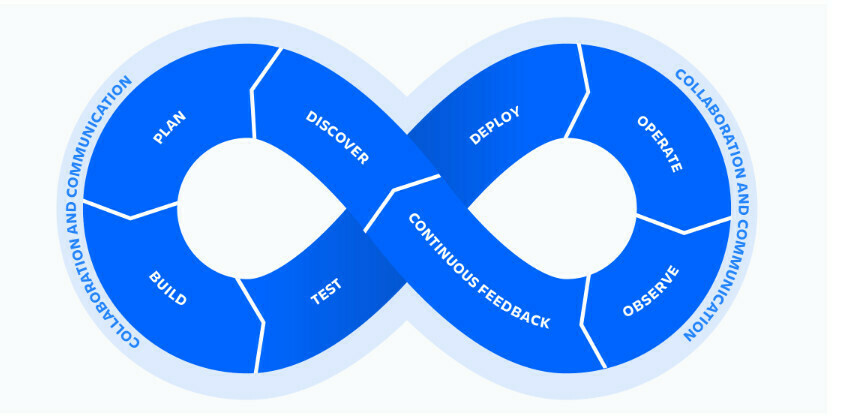-
Task: Share on LinkedIn that you are doing this challenge, post a link to the challenge 10 Days of DevOps Challenge⚙️ | ShiftSync Community (tricentis.com) and hashtag #ShiftSync10DaysOfDevOps
-
Question: What are the key principles of DevOps, and why are they important?
Answer in the comments below. Next task will be live tomorrow on Oct.7.







